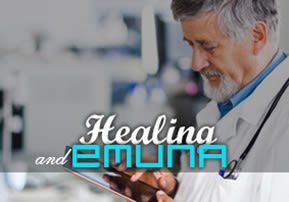
Healing and Emuna
From waiting for medications, to waiting for a doctor’s visit, life in the hospital is a test of emuna; thanks to the "Garden of Healing", I was able to pass it...

Rabbi Shalom Arush’s The Garden of Healing arrived three weeks before Passover. That’s odd, I thought to myself. As a monthly contributor to his Chut Shel Chessed institutions I was used to receiving books and emuna CDs in my mail box. Yet what need did I have with a book about healing?
Health-wise, I was in the best shape I’d been in years. My diet was nutritional. My weight was down. My cholesterol had stabilized. My 30-minute walks were becoming valued hitbodedut sessions. Even the broken distal radius bone in my right wrist that I’d suffered four months ago had healed to a point where I was seriously considering a return to Pilates.
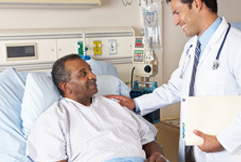 Hashem knew this, surely. Sending me The Garden of Healing at that moment in my life seemed, for lack of a better term, ill-timed. Boy, was I wrong!
Hashem knew this, surely. Sending me The Garden of Healing at that moment in my life seemed, for lack of a better term, ill-timed. Boy, was I wrong!
Fast forward two weeks. The date: 1 April, the first day of my long-awaited 25-day vacation. The time: 8:50am, 60 hours before Passover Seder. The place: Ma’ale Adumim, in the area between its two major shopping centers, Kikar Yahalom and Kanion Ofer. I was standing next to the crosswalk at the edge of the traffic island. There was a car about 15 meters away. I gave eye contact to the driver and started to walk across. Then, as I looked at the ground in front of me I saw the car’s fender enter my field of vision. Goodness, he’s going to hit me, I remembered saying to myself in a tone of calm surprise. (It was the kind of tone one might use to note the approach of rainclouds. Goodness, it’s going to rain.) Baruch Hashem for blissful ignorance! Had I been more aware of the coming impact I probably would have tensed up and caused myself more injuries than “just” a shattered right humerus bone, dislocated right shoulder and fractured 5th metatarsal bone in my right foot.
The next scene I remember was sitting on the ground, shaking the cobwebs from my mind and saying a grateful thank you to Hashem for making it out alive. As one bystander called the ambulance and another draped his jacket over my exposed shins (it had started to drizzle) the driver, who had exited his car in the meanwhile, approached us and said: “Oy, Erev Chag. I didn’t see her.” I studied him. He was an elderly man (83 years old, according to the police report). The fact that he hadn’t seen me, a tall and not exactly skinny-woman was so bizarre and illogical, that I understood it immediately and without a doubt to mean the accident was Hashem’s doing.
There was purpose, I knew, and a message for me, though at the moment I was clueless as to what it might be. Thanks to the Garden of Healing (and to my younger son, who brought it to me in the hospital) Hashem revealed the lessons to me in the coming days and weeks:
Cultivate patience: From waiting for medications, to waiting for a doctor’s visit, life in the hospital is a test of one’s patience. For me, the ultimate test was being told that my shoulder operation would not take place on Thursday but rather on Monday of the following week due to the onset of Passover and the need to await receipt of the prosthesis. (They would be performing a partial shoulder replacement operation.) Even though my elder son had bought me an arm immobilizer which guarded against extraneous movement, and the hospital provided pain medication, the constant pain for four extra days proved a serious challenge.
Utilize time: Rabbi Arush says it’s a “grave injustice” that hospitals put huge TV screens in front of a patient to divert his attention from his pain and boredom. “This precious, quiet time when people are not distracted by the rat race of life is not intended to pass by idly, but to be utilized to perform a true personal accounting.” Since pain and suffering are sent by Hashem to purify one’s soul, and since Rabbi Arush wrote that injuries to the right hand indicate a flaw in one’s emuna I decided to take action. Using the waves of pain as inspiration I imagined the pain washing over my soul and cleansing it. In the beginning, I dreaded each new wave of pain. Later, and after I got the hang of the exercise I was much more pro-active. Bring it on, I’d say to the pain, in the knowledge that whatever suffering I experience in Olam Hazeh is that much less than I’ll have to experience in Olam Haba. After I had returned home and the burning of my thumb and index fingers from severe carpal tunnel syndrome (also a result of the accident) threatened to keep me awake nights I imagined the burning to be like a forge purifying my soul from impurities. Both techniques helped me get through this difficult period.
Be grateful: In addition to my kids, who are amazing, and my shul pals, who have been bringing us Shabbat fixings, and to the surgeon who sewed up the incision with great care, I am grateful to Hashem also for the accident itself. It took me about four weeks of praying and self-assessment but I know now for what I need to do teshuva. Had Hashem not brought me his “love letter” (Rabbi Arush’s term) I don’t think I would have realized my sins on my own.
Give Hashem a chance: After I returned home from the hospital, and the carpel tunnel syndrome became worse, I tried to set an appointment for an EMG test. The test was needed in order to proceed with medical treatment. The earliest opening they had was 11 weeks away! In wondering what to do, I recalled reading about a guy who had been rejected by women time after time. At a lecture of Rabbi Arush’s, he stood up and prayed very specifically to Hashem for what he wanted, whereupon he met his b’sheret the very next week. I said to myself, Okay, if Hashem answered his prayers, then what do I have to lose? This was a Wednesday afternoon. The EMG tests take place on Thursdays. That afternoon and evening I prayed like I’d never prayed before: Please Hashem, let there be a cancellation. And let them give me the appointment instead.
At 8:08am the following morning I called the clinic. “Shalom. I have an appointment for 20 July, but perhaps there’s a cancellation today?”
“Hold the line,” the nurse said.
Thinking for sure there wouldn’t be a free timeslot (Need to work on my emuna? Guilty as charged!), imagine my surprise and delight when the nurse returned a few seconds later and said there was an opening at 9:50am!
Orit Riter, of the "Daily Dose of Emuna", says the advantage of getting your prayer answered after one prayer session is that you know it came from Hashem as opposed to your own efforts (hishtadlut). Boy, did I ever know it!
Be careful what you wish for: This lesson can be illustrated by a short anecdote. My elder daughter spent Seder night with me in the hospital. In the morning, she wheeled me into the dining hall where the Ezer Mitziyon organization hosted patients and their families. The table was chock full of salads and gefilte fish and chicken and cholent and kugel galore. I looked at the table and at the food and burst out laughing.
“What’s so funny?” she asked.
“Do you remember what I’d asked Hashem to give me during my vacation? Not to buy food? Not to prepare food? Not to serve it? Or do dishes? Well, it looks like Hashem has answered my prayers!”


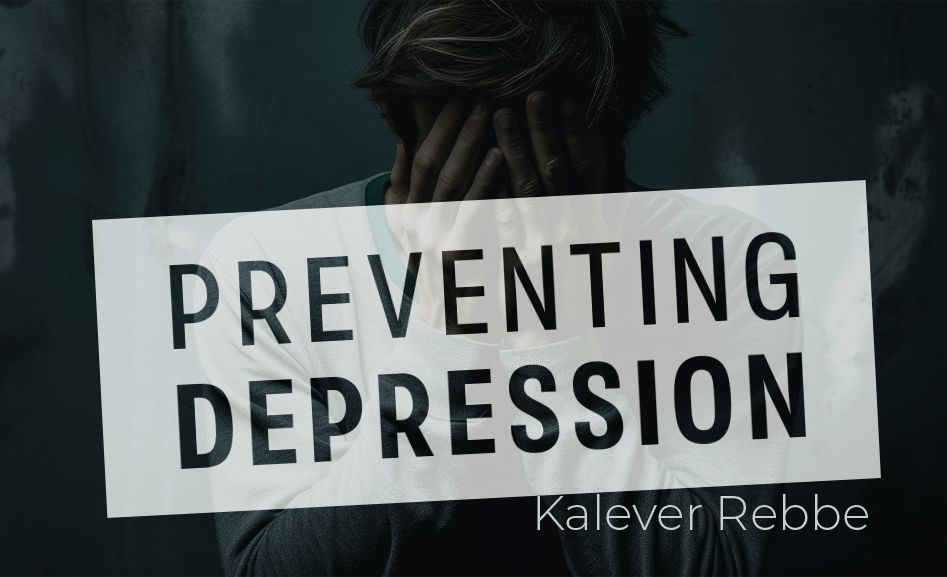
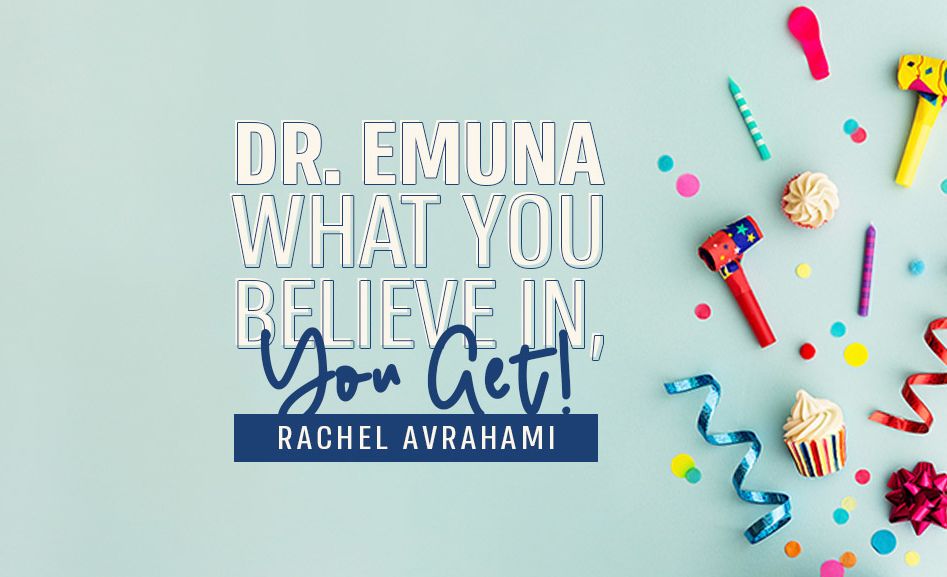
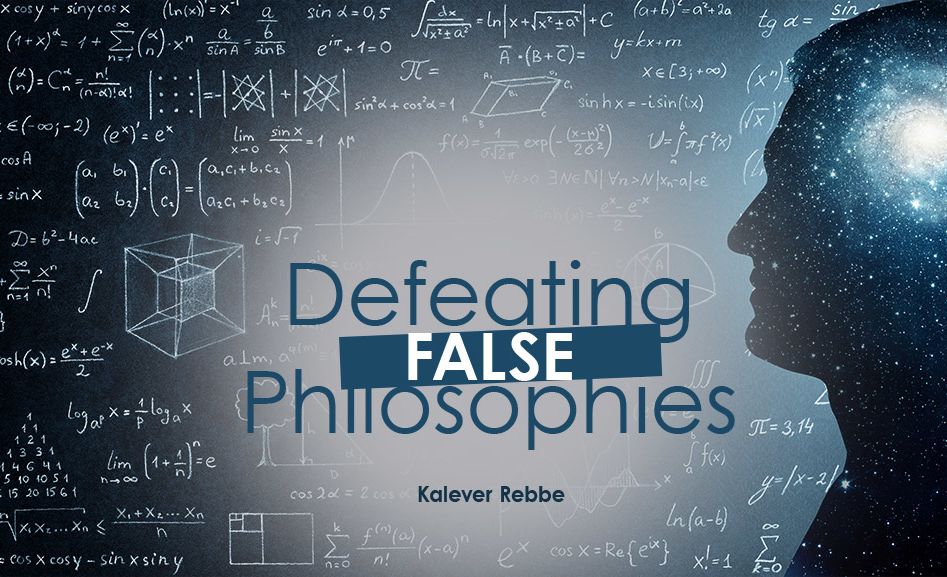
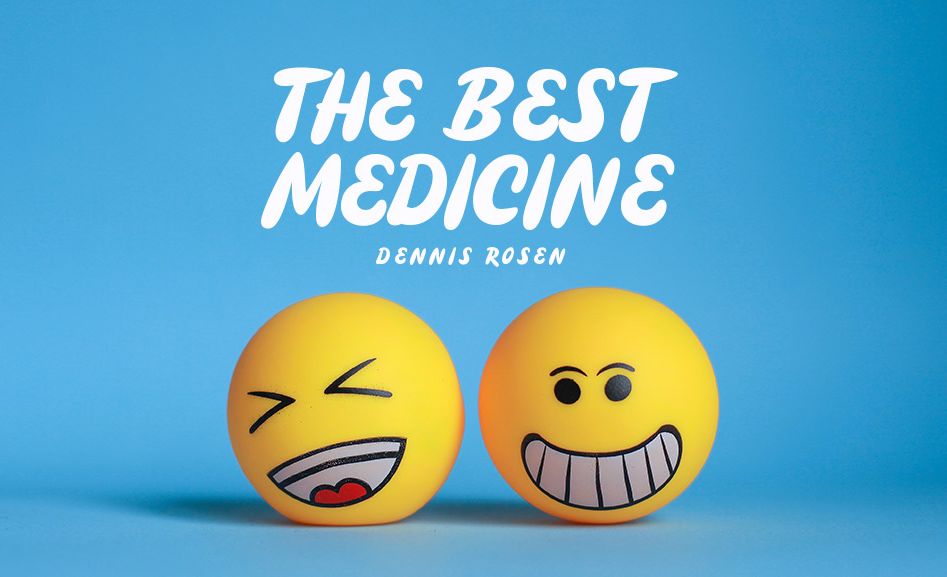
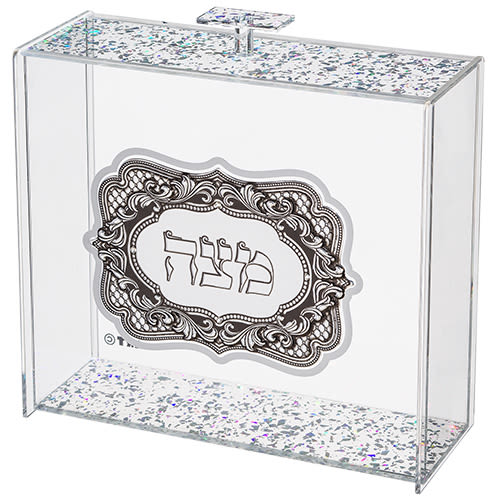
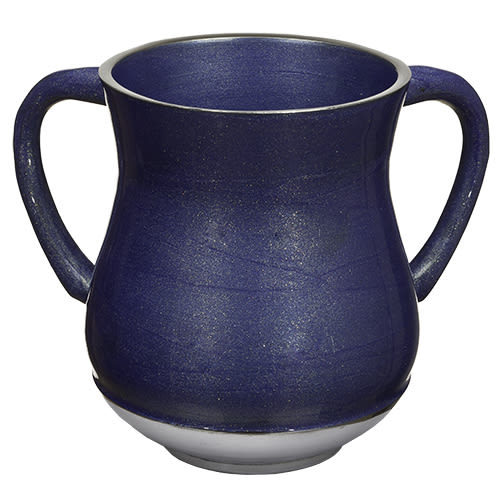

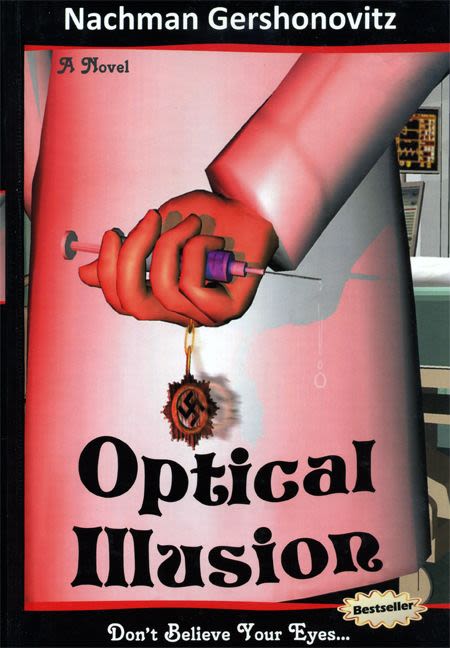
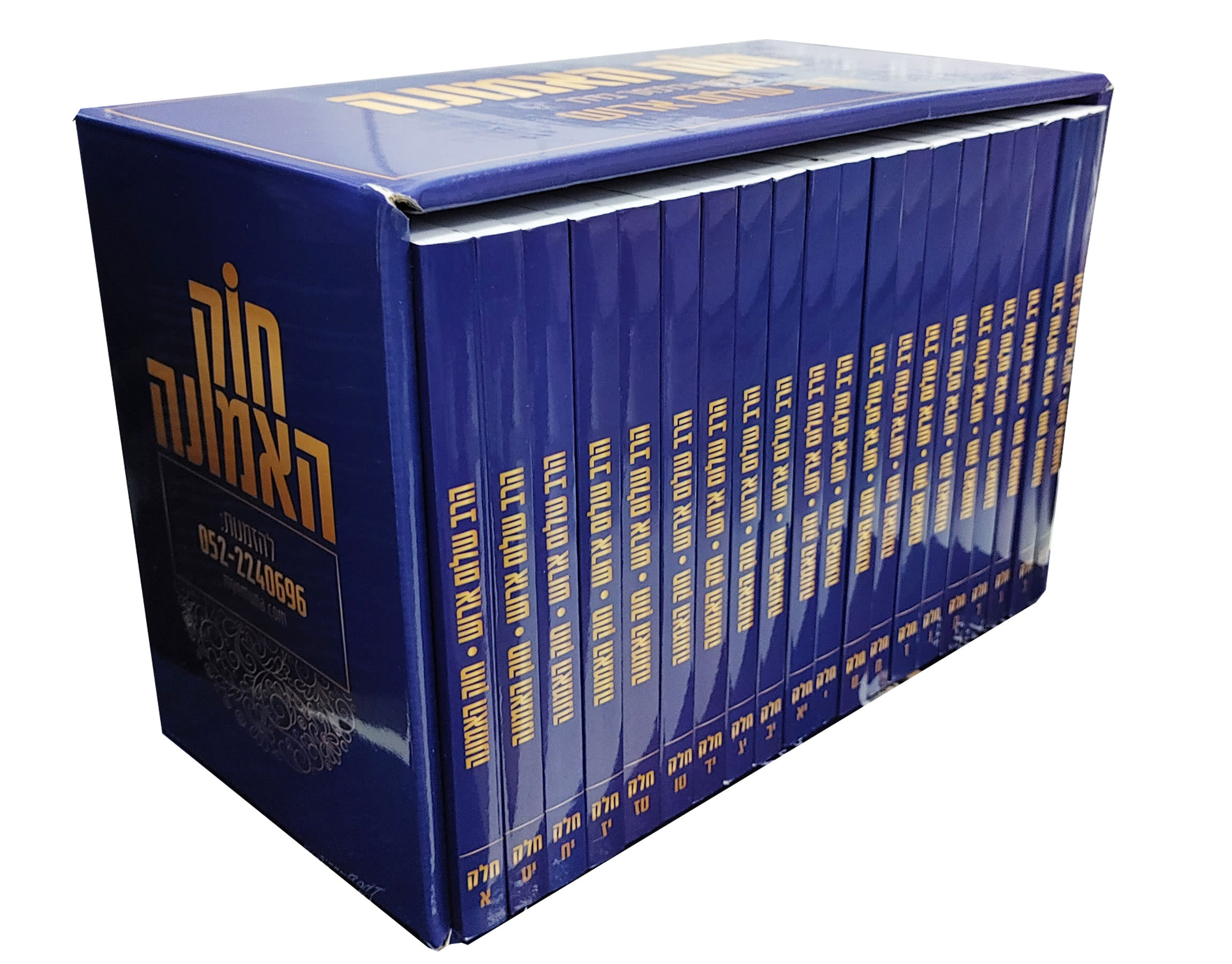
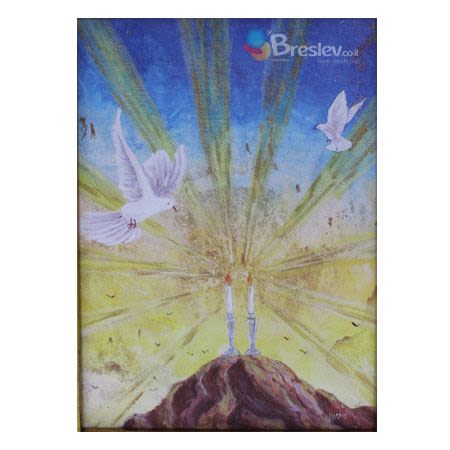
Tell us what you think!
Thank you for your comment!
It will be published after approval by the Editor.